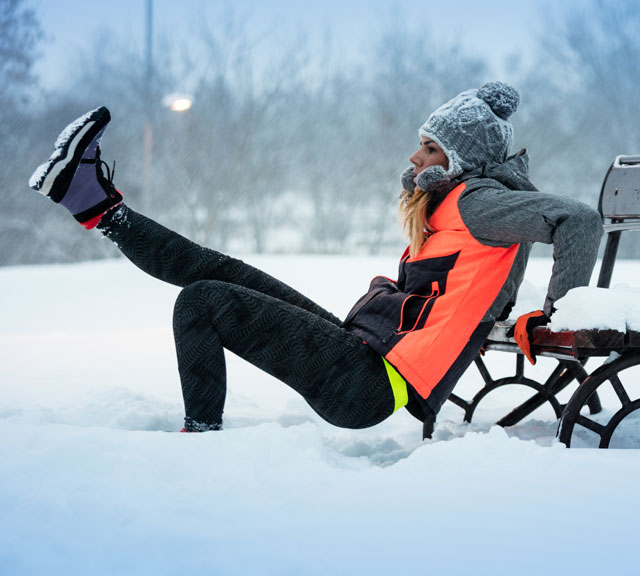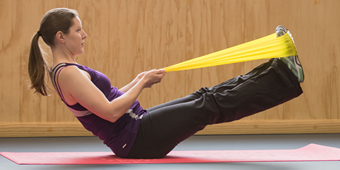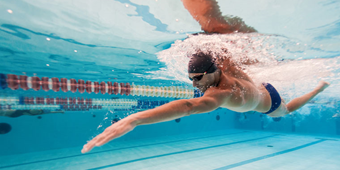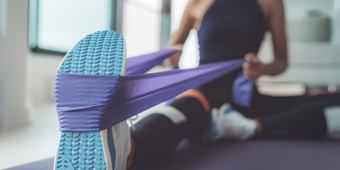Life Hack: How to Exercise in Extreme Weather

Find Your Perfect Match
Answer a few questions and we'll provide you with a list of primary care providers that best fit your needs.
Did you know that participating in activities such as skiing, snowboarding or even a pickup game of basketball can be dangerous if the weather is extreme? If you follow some common-sense guidelines, you can keep up with your workouts whatever the weather brings.
Start slowly when you begin exercising in the heat to give your body time to adjust to warmer temperatures.
Tips to Beat the Heat
Being hot for too long can cause hyperthermia — a heat-related illness that includes heat stroke and heat exhaustion.
Prepare for your hot weather workout:
- Get hydrated: Drink plenty of water before, during and after exercising.
- Dress right: Since dark clothing absorbs heat, choose light-colored clothing.
- Check the temperatures: Stay inside on days that are excessively hot.
- Watch the humidity: Be careful in humid environments. Humidity higher than 60 percent can make sweat evaporation, your body’s natural cooling method, very difficult.
- Get some shade: Limit your exposure to the direct sun.
- Work up to it: Start slowly when you begin exercising in the heat to give your body time to adjust to warmer temperatures.
Don’t Tough It Out in the Cold

Cold weather provides unique challenges, such as hypothermia - when your body loses heat faster than it can produce it. Sprains, strains, dislocations and fractures are also common winter sport injuries, partially due to the fact that cold muscles, tendons and injuries are vulnerable to injury.
Prepare for your cold weather workout:
- Monitor conditions: Before you get out into the cold, make sure that both the temperature and the wind conditions are safe.
- Warm up: When your muscles, tendons and ligaments are cold, they are more susceptible to injury.
- Layer right: Wear layers that are light, loose and water- and wind-resistant.
- Play by the rules: Learn proper techniques, especially for sports like skiing and snowboarding, and stick to them to avoid injuries.
- Keep hands, feet and head warm: To keep blood flowing to your feet, make sure that your torso is warm. Blood flow will not return to your feet unless the torso is warm.
- Have an emergency plan: Know where to find shelter if there is a severe drop in temperature and how to get medical attention immediately if you notice signs of hypothermia or frostbite.
Find Your Perfect Match
Answer a few questions and we'll provide you with a list of primary care providers that best fit your needs.
Source: National Institutes of Health; American Council on Exercise; American Academy of Orthopaedic Surgeons




